Creating a Solar-Powered Drip Irrigation Optimal Performance model (SDrOP) to lower the cost of drip irrigation systems for smallholder farmers

Authors:
Smallholder farmers, who hold 84% of the approximately 570 million farms worldwide, are vital stakeholders in the process of sustainable agricultural intensification, but often lack the capital to invest in sustainable farming practices. Solar-powered drip irrigation has the potential to increase crop productivity for minimal water use, but these systems are prohibitively expensive for smallholders. Reducing the life cycle cost (LCC) of solar-powered drip irrigation systems could make this technology more accessible, enabling smallholders to increase their household incomes and contribute to greater global food security. This paper presents the Solar-Powered Drip Irrigation Optimal Performance model (SDrOP), which optimizes solar-powered drip irrigation system designs. Unlike existing commercial software, SDrOP models the behavior of the entire system and simulates seasonal performance to reduce LCC while maintaining operational reliability. SDrOP improves on previous design optimization frameworks by taking in all location-dependent parameters as inputs, which makes the model independent of case specifics and, therefore, broadly applicable. To demonstrate the model theory, the sensitivity of the optimal design to field area, the system reliability constraint, and varying weather conditions are explored for a Moroccan olive orchard case study. The results demonstrate opportunities for system cost reduction, including operational changes to reduce the system power requirement, irrigation pump opportunities for the smallholder market, and reductions in system reliability when it is shown to have minimal impact on crop yield. When benchmarked against a commercially available software, SDrOP was able to reduce system LCC by up to 56%. The simulated performance of an SDrOP optimal design was benchmarked against operational data from an existing field site, and was shown to be capable of operating 92% of the recorded irrigation events. These results indicate that SDrOP offers an advantage over existing software as it produces significantly reduced cost designs that can operate in real-world conditions.
